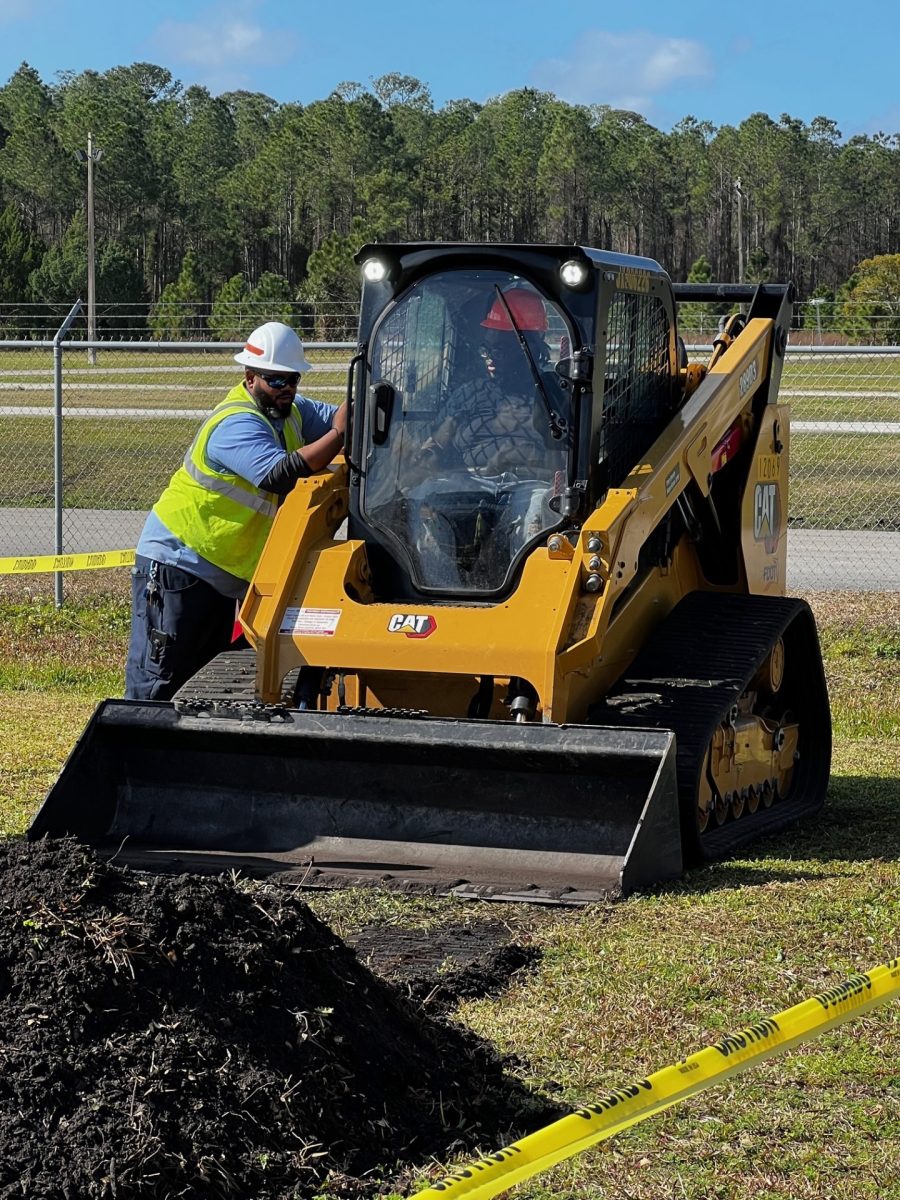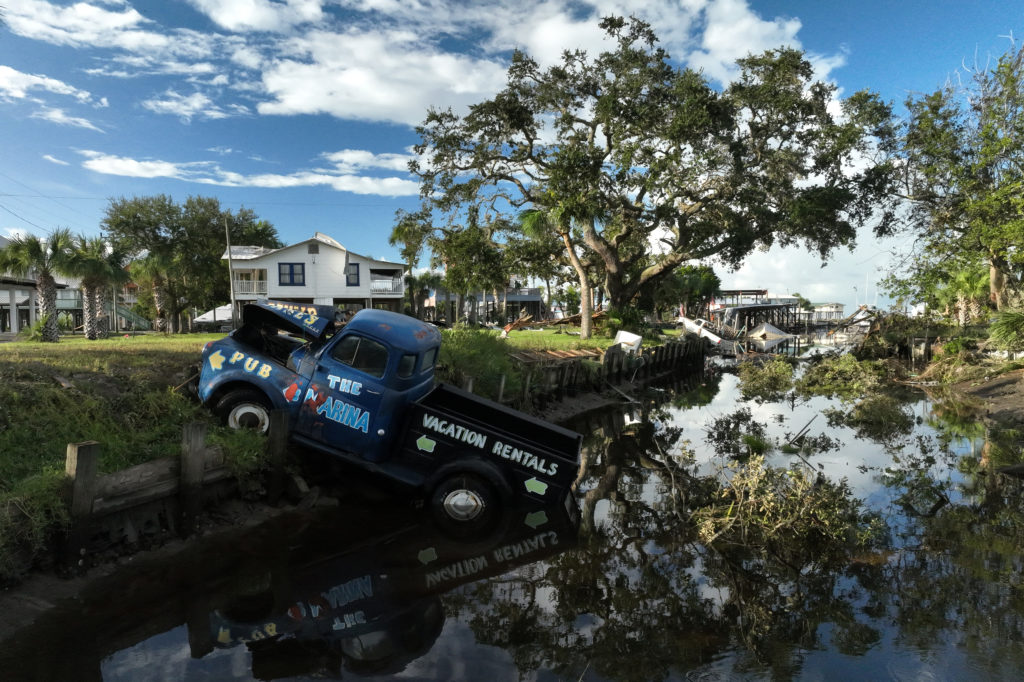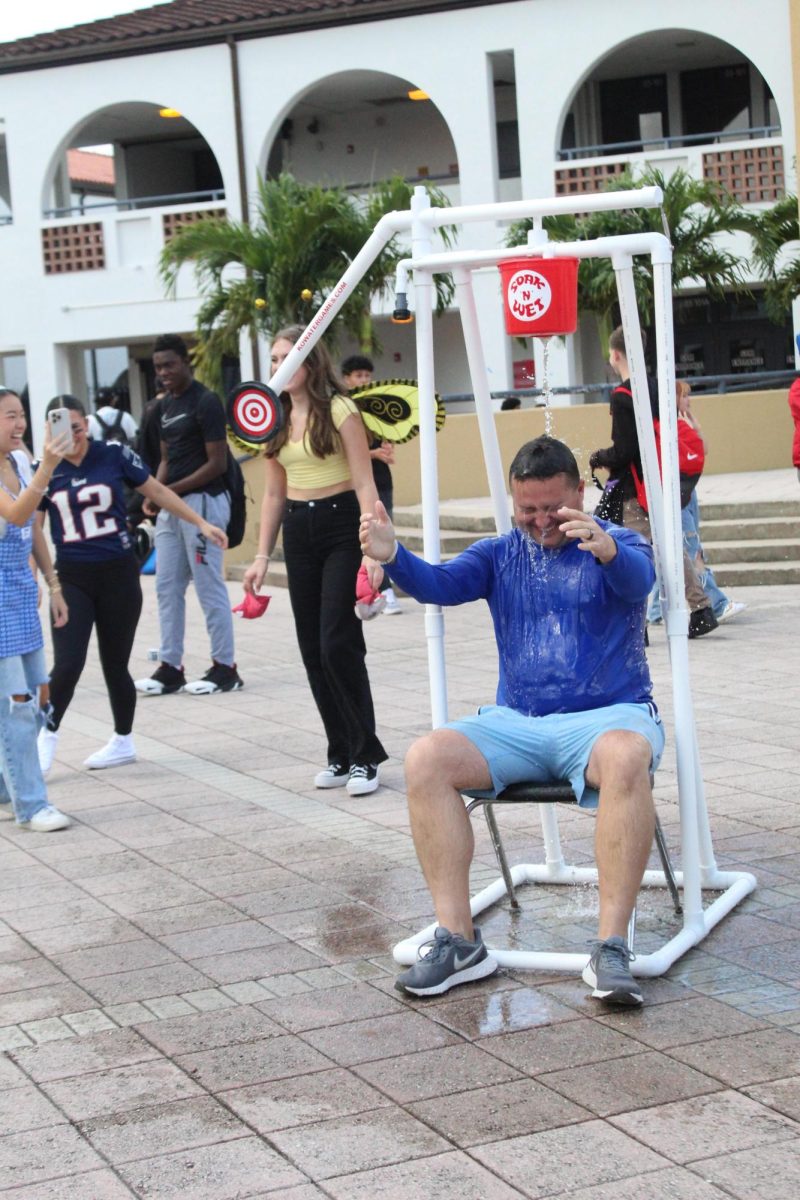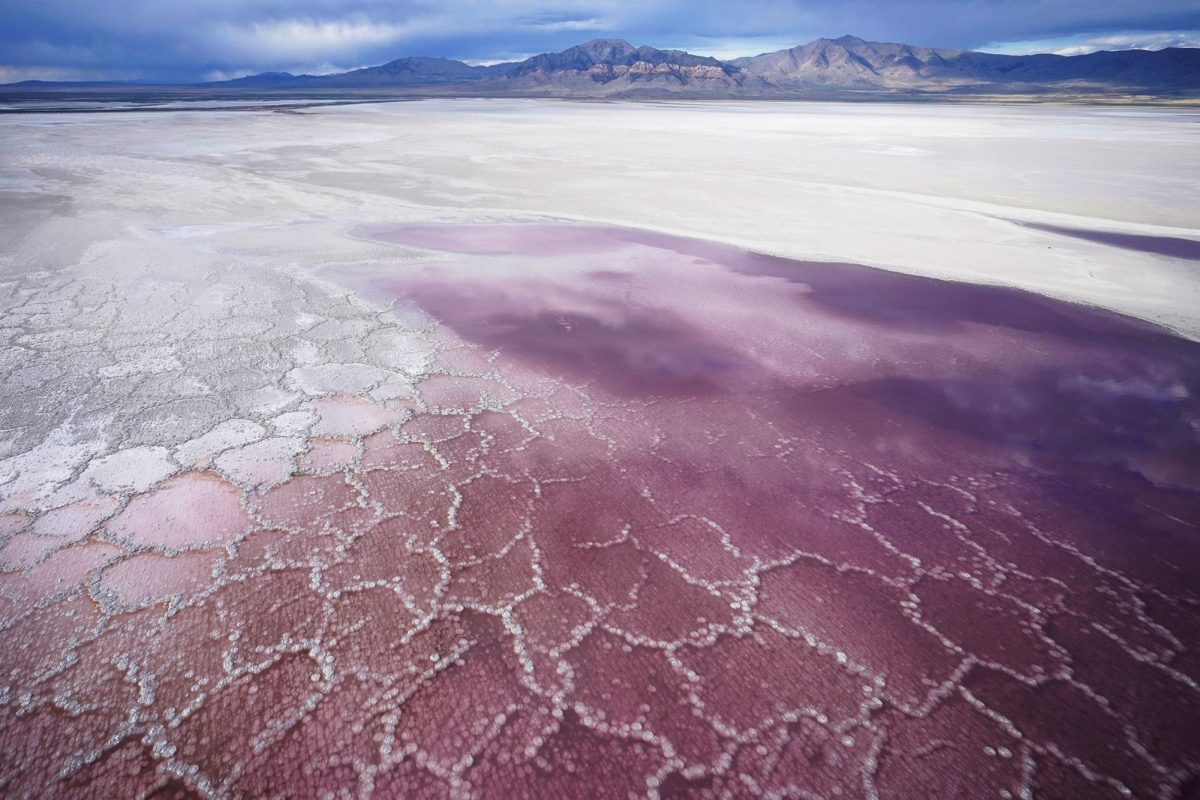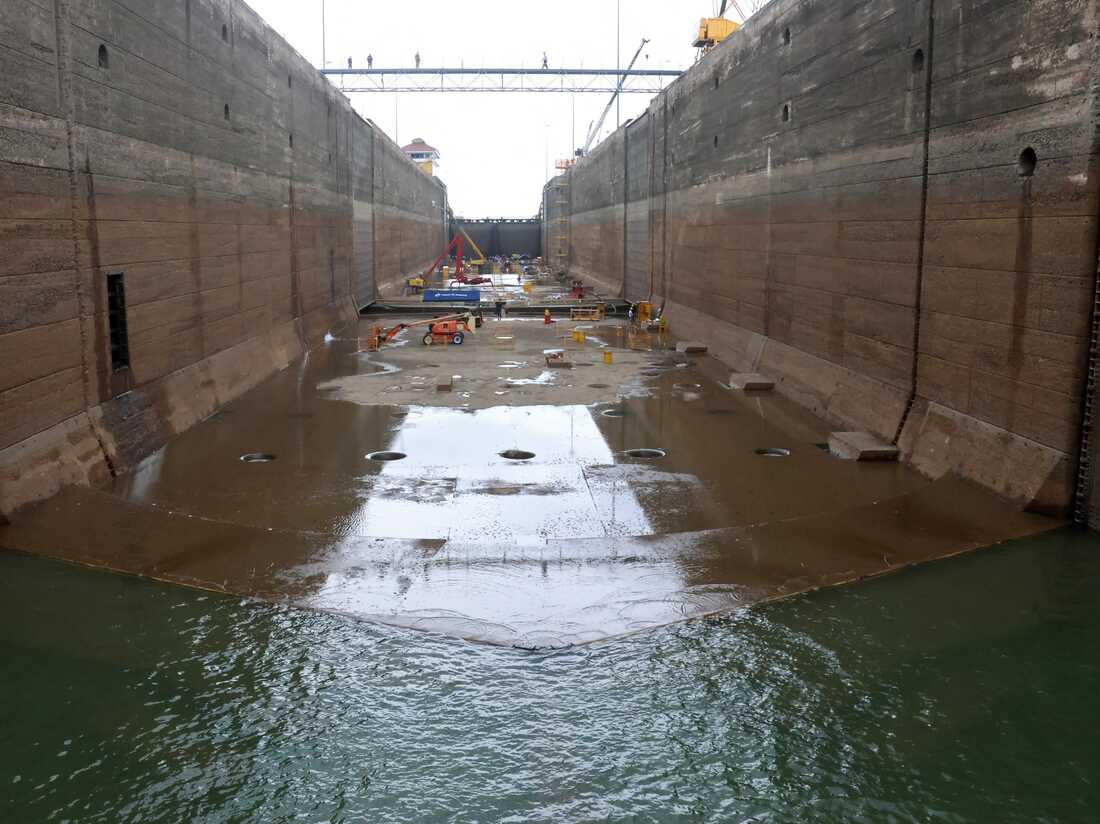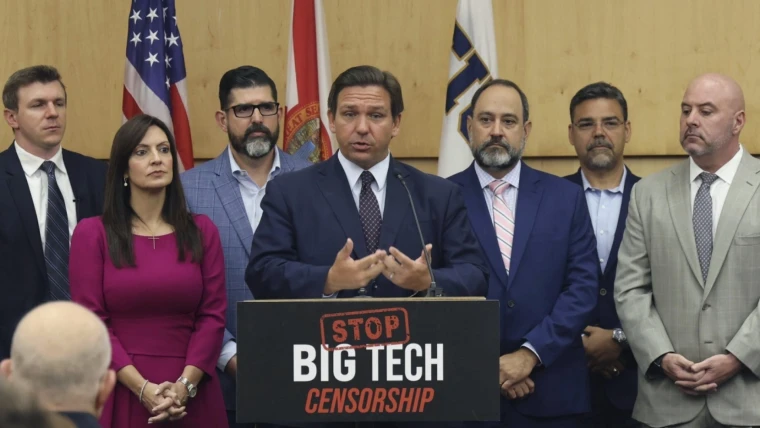Hurricane Idalia made landfall in Florida on August 30th, the storm raking up from a Category One to a Category Four overnight. The hurricane also altered its path from Central Florida to Georgia and the Carolinas. The storm caused catastrophic flooding and mass power outages on its path.
Tropical Storm Hilary recently struck California, making history as the first tropical storm the state has seen in 84 years. The hurricane produced a ninety mile per hour wind and has caused over seven billion dollars in damages. Tropical Storm Harold made landfall in Texas causing thousands to lose power in their homes and a multitude of cropland to be severely damaged.
This uptake in severe storms has been a recent trend, this has also been seen with earthquakes and other natural disasters becoming more powerful at the same frequency. With the rise of global temperatures the ocean has been getting warmer, making the power of hurricanes increase exponentially.
The Environmental Defense Fund states that damaging hurricanes in the U.S. are three times more frequent than they were 100 years ago and the proportion of Category 3 or higher storms has doubled in the past 40 years. A recent theory claims the winds that power hurricanes move slower in the warmer water, causing the storms to build up more strength before they make landfall. This process creates more powerful storms that move at a steady rate once they make landfall, leading to catastrophic damage. Another factor that contributes to these detrimental hurricanes is the rapidly rising sea levels of our oceans. This has led sea levels to rise up to four inches in the past fifty years. These rising sea levels contribute to storm surges and floods that devastate communities.
Data shows us that in the future the intensity and severity of these hurricanes will continue to increase. According to The Center for Climate and Energy Solutions, warming in the mid-latitudes is changing the pattern of these storms to reach further north.
The CCES also states there are ways to be more resilient to these storms, by preserving coastal wetlands, designing structures to be resilient to high winds and flying debris, elevating vulnerable buildings, preparing directly prior to a storm’s arrival through community awareness initiatives, boarding windows, and activating an evacuation plan. But, whether it be a hurricane or a tropical storm, the destruction of these natural disasters devastates communities and leads to irreversible damage.















